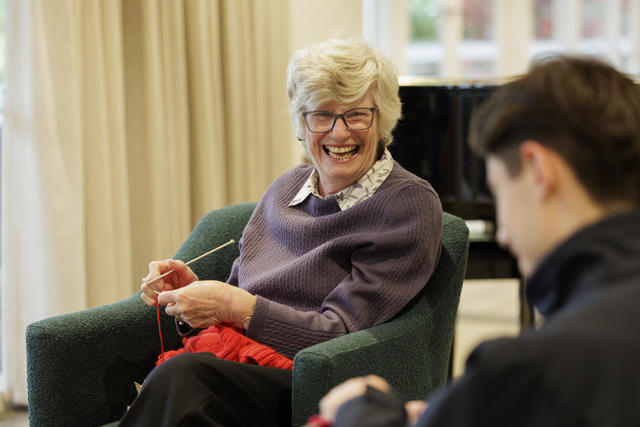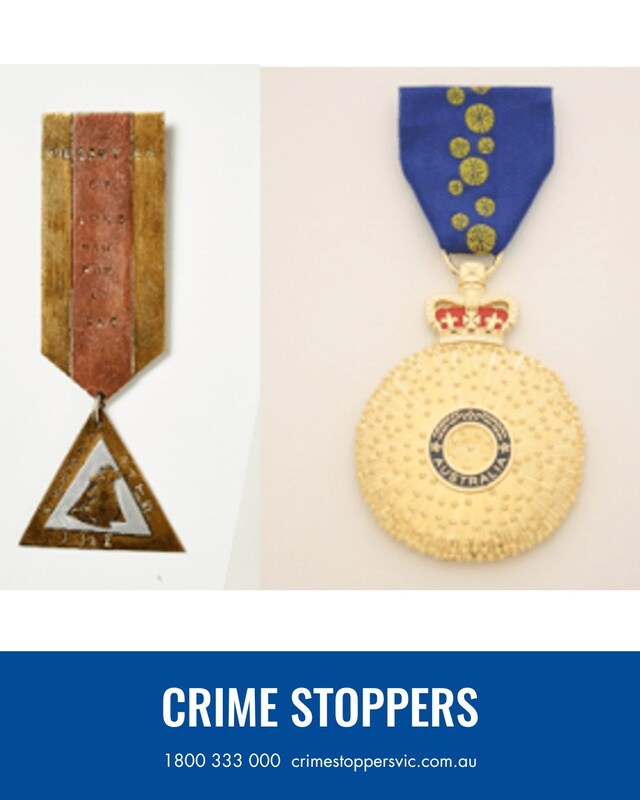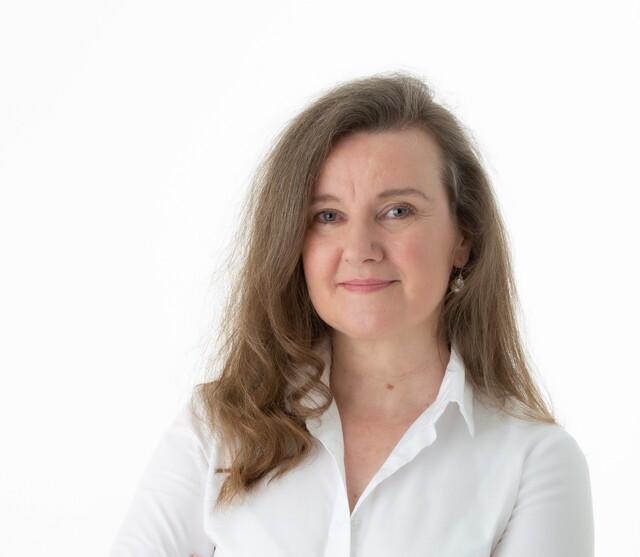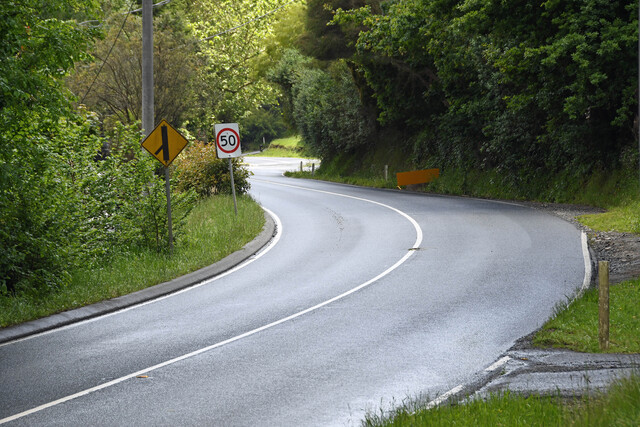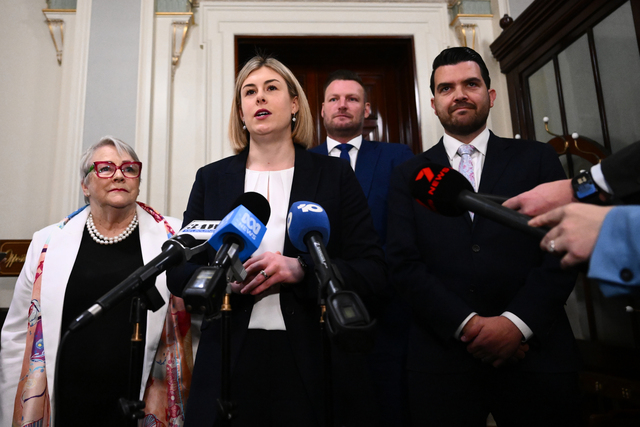 Breaking Free From Poverty incorporates traditional Tais, raw bamboo, hand spun and dyed cotton and photography.
Breaking Free From Poverty incorporates traditional Tais, raw bamboo, hand spun and dyed cotton and photography.By Casey Neill
HILLS artists are invited to support the women of East Timor through a unique art exhibition.
The East Timor Women Australia (ETWA) Weaving Cultures Exhibition will feature works combining Australian art with the East Timor weaving art known as Tais.
The ETWA’s Katheryn Philip said artists would be provided with a section of the East Timorese fabric to use in their work.
“These weavings are the traditional and ceremonial dress of the people of East Timor and play an important role in the preservation of East Timorese culture,” she said.
The art pieces can use any medium and be of any size, but must conform to one of the five main themes of women, hope, war, poverty and community.
“This exhibition aims to highlight Tais as an art form and, by combining them with the work of Australian artists, help highlight the beauty of Tais weaving as well as show the work of local Australian artists,” she said.
The works will be displayed at Earthly Pleasures Cafe in Belgrave as part of the Weaving Cultures Exhibition.
The exhibition will open on 20 May to coincide with East Timor’s Day of Independence and will close on 17 June.
ETWA supports female weavers in East Timor by marketing and selling their products in Australia.
“As we are a not-for-profit organisation, we ask that artists be willing to donate all or part of the proceeds from any works sold to ETWA,” Ms Philip said.
Breaking Free From Poverty, an artwork created by Ms Philip, incorporates traditional Tais, raw bamboo, hand spun and dyed cotton and a photograph by Sally Gray.
The East Timorese girl in the photo is Anita Madeira.
Ms Philip said her past was filled with trauma and destruction.
“Her photograph was chosen not to portray the sadness of both her and her country’s state, but more for her look of strength and contemplation,” she said.
Her mother’s great skill in the art of Tais meant Anita was always surrounded by it and inevitably learnt the art herself.
“For the women of East Timor, weaving, while a cultural art, provides a way out of poverty through its introduction to the west,” she said.
“The weaving provides women there with a means of income and an element of control over both their lives and their future.”
ETWA will lead a weaving tour of East Timor later this year, including hands-on weaving workshops and other cultural experiences.
Places on the tour are limited.
A participation form and deposit must be completed by 30 April to secure a place.
Further information on the exhibition and tour is available from the www.etwa.org.au website or by phoning Katheryn Philip on 9890 6751.

